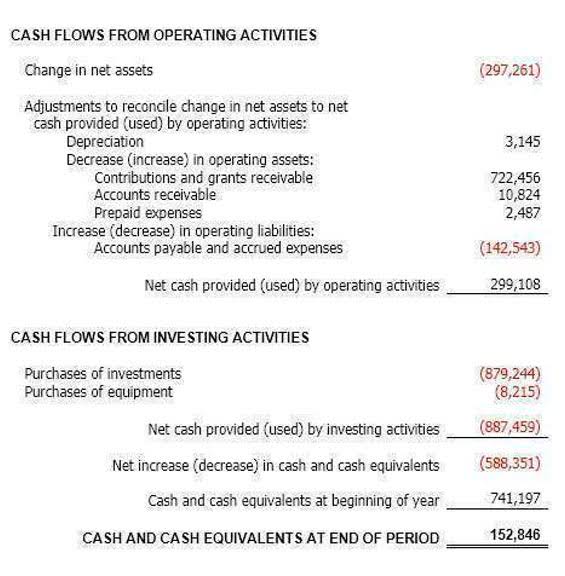
A post-closing trial balance is a list of all the balance sheet accounts and their balances after the closing entries have been made at the end of an accounting period. It is prepared after all adjusting and closing entries have been posted to the general ledger. Learn how to prepare a post-closing trial balance, ensuring accuracy in financial reporting by verifying that all temporary accounts are closed and the Grocery Store Accounting ledger is balanced. Posting accounts to the post closing trial balance follows the exact same procedures as preparing the other trial balances.
Understanding Post-Closing Trial Balance in the Accounting Cycle

The proper disposition of fixed assets and resolution of loans is fundamental to completing the closure process seamlessly. Each of these steps contributes to a clear and responsible business wind-down. Liquidating current assets involves converting assets into cash to facilitate the business closure. Current assets such as accounts receivable and inventory should be prioritized for quick sales. Accounting software makes trial balance reporting faster and easier by automating calculations and reducing errors. If the totals didn’t align, you’d investigate to find and fix the mistake before preparing further financial statements.

What is the purpose of a post-closing trial balance?
The accounts in the ledger are now up to date and ready for the next period’s transactions. Pre-closing balances include all accounts, while post-closing ones show only permanent accounts after closing temporary ones. At the end of the day, the post-closing trial balance proves a company’s financial steadiness.
What is the process for recording the final accounting entries when winding up a company?
After liabilities are cleared, the remaining cash can be prepared for distribution. In a sole proprietorship, the owner typically takes the remaining cash directly, while in partnerships, cash is split based on ownership percentages. Each sale transaction must be accurately recorded to reflect the cash inflow and reduce the asset balance. This article and related content is the property of The Sage Group plc or its contractors or its licensors (“Sage”).

How is the Post-Closing Trial Balance used in Financial Reporting?

As balance sheet entries are listed in the trial balance, it is done similarly to the balance sheet with first assets, then liabilities, and then equity. Both the debits and credit totals are calculated at the end, and if these are not equal, one can know there must have been some mistake in preparing the trial balance. Clearing temporary accounts is performed through closing entries, which zero out the balances. The process of distributing remaining cash and contra asset account capital involves specific steps that ensure equitable allocation among owners after settling all liabilities.
- The balances of all temporary accounts (i.e., revenue, expense, dividend, and income summary accounts) have turned to zero because of the above mentioned closing entries.
- It also boosts a company’s reputation for being financially transparent.
- This includes transferring balances from temporary accounts, such as revenues and expenses, to permanent accounts.
- A higher retained earning value indicates that the business has reinvested profits, possibly allowing for future growth opportunities.
- This ensures your accounts are balanced and ready to start fresh for the next accounting period.
As businesses continue to evolve and grow, maintaining accurate and reliable financial records remains a critical component of sound financial management. Understanding and effectively implementing the post-closing trial balance process is vital for ensuring the integrity of financial reporting and supporting informed decision-making by stakeholders. Consolidating year-end journal entries streamlines reporting and helps in maintaining organized records. This process combines all temporary accounts into the retained earnings account. This involves debiting the income summary post closing trial balance example account for the net income amount and crediting retained earnings.


